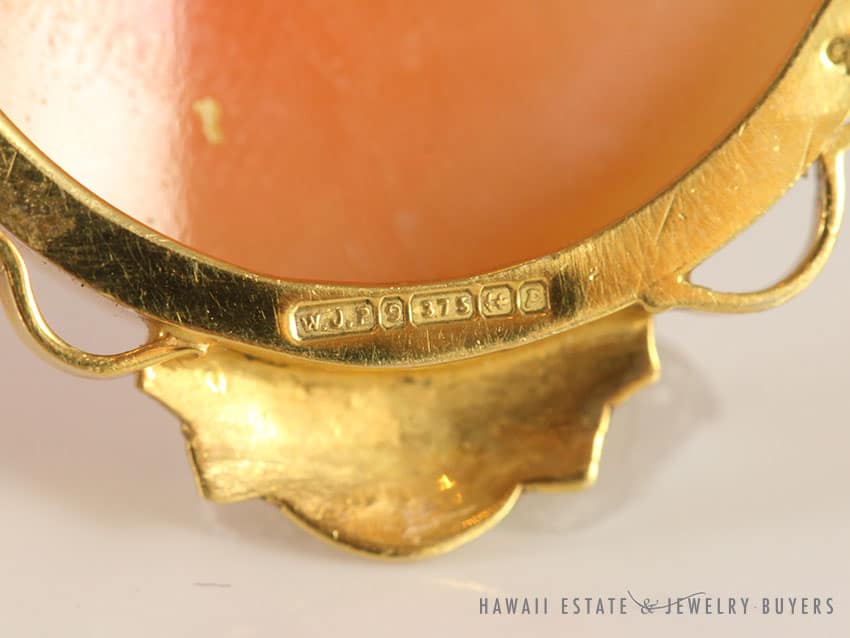
There is a common misunderstanding about what a hallmark really is. Many people confuse hallmarks with maker’s marks. A hallmark is “the mark or marks stamped, impressed or struck on gold, silver, or platinum which indicate fineness or karat (also called quality or purity marks).
Depending on the country of origin, hallmarks can also include symbols for place of assay, date of assay (in the form of a letter or a letter and a number), a maker’s mark, importation or exportation mark if applicable, and tax or duty mark.
When a piece of jewelry is hallmarked, the marks can indicate clues to the country of origin, and sometimes the date of manufacture and metal content of the piece. Identifying the authenticity of a hallmark can be very difficult. Below are some pointers to avoid fraudulent hallmarks:
- Look at the application of the hallmark. Genuine hallmarks are raised above the surface of the gold. Also, hallmarks should have a clean, smooth appearance.
- Make sure the assay marks are legitimate. There may be a number of random impressions that look much like a genuine hallmark.
- Typically hallmarks are lined in a row. For example, you could find a standard mark, city mark, date letter, duty mark and a maker’s mark.
In some cases, you will find both the maker’s marks and hallmarks. In many countries, including the United States, there are no hallmarking systems. Although reputable companies mark their jewelry, registering marks is not required. As a result, there is nowhere to research the identity of a signature or mark.
Buying jewelry from countries with a hallmarking system offers more of a guarantee — if you are able to decipher the marks. Hallmarks vary from one country to the next. For example, you will find animal heads on French jewelry, a numerical code on British jewelry, and a combination of symbols and numbers on Russian pieces.
The UK is among 19 countries that belong to the Hallmarking convention formed in 1976 to create a set of standards for assay offices so jewelry wouldn’t have to be retested every time in crossed borders. But even in Europe, jewelry hallmarking is not guaranteed.
Germany doesn’t have a hallmark, however a few other countries like Austria and Norway have the option of hallmarking. Italy doesn’t require hallmarks but has a more formal registration for makers than the United States, using a numeric system. In countries with an assay system in place, it is illegal to sell fine jewelry and watches without a hallmark.
Hallmarks can tell us a lot about a piece of jewelry, so take the time to take a closer look and see how much your piece of jewelry is really worth.
